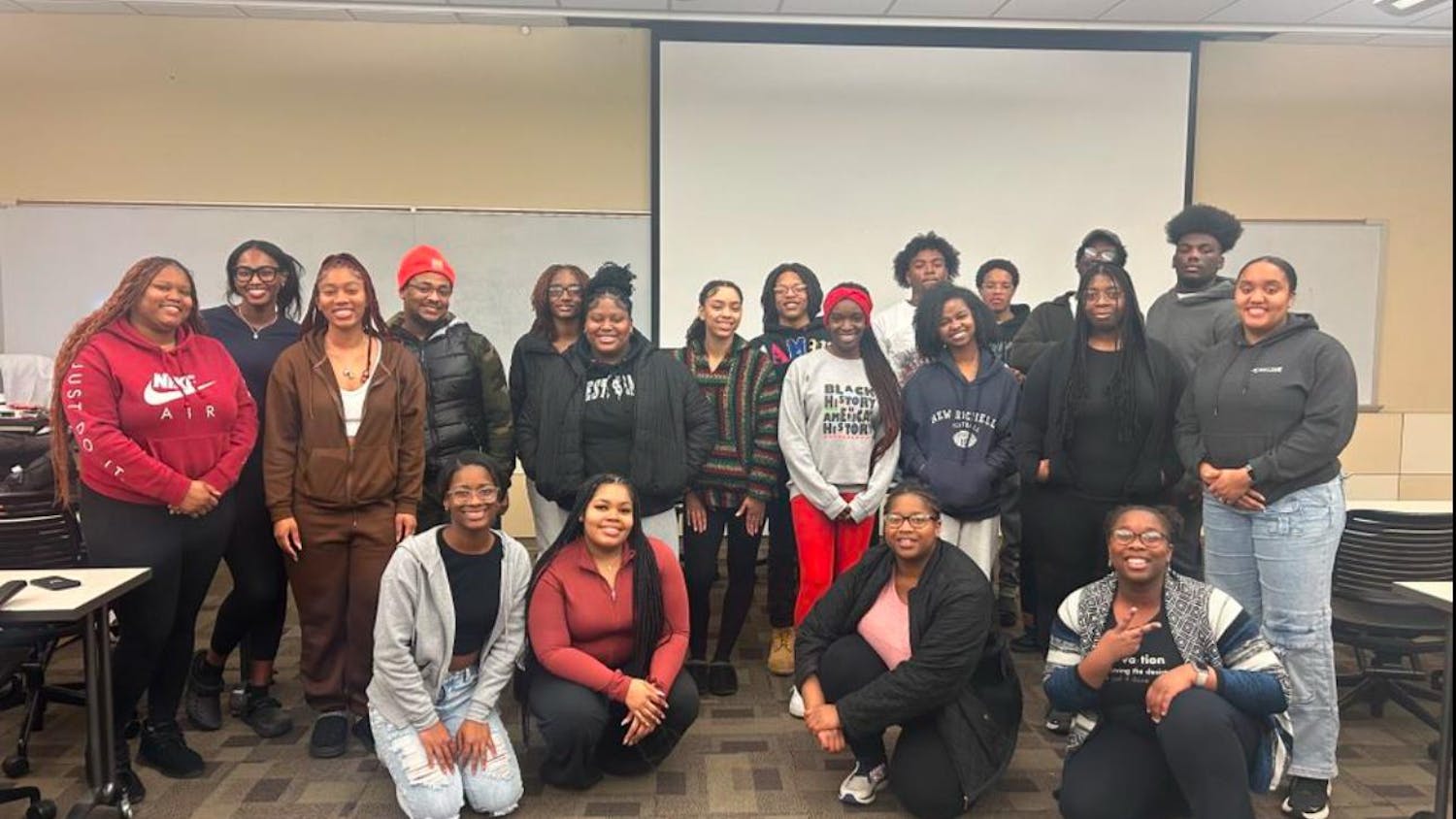In the midst of the ongoing budget crisis, WSU is enacting a hiring freeze in an effort to cut costs.
According to an e-mail sent to the university on Monday, Feb. 20, President David Hopkins said the university is undertaking a variety of measures to keep the budget afloat in the face of cutting $25 million for the 2018 fiscal year. This is an increase from the $8 million it expected in original plan for budget cuts.
"I have also informed the Strategic Hiring Committee (SHC) to not approve positions unless they represent health, safety, or compliance needs, or demonstrate a direct impact on revenue," Hopkins said in a statement. "For position searches already approved but not completed, I have asked the SHC to re-analyze these positions with the same criteria as above."
Provost Tom Sudkamp and Chief Financial Officer Jeff Ulliman are in charge of the two-year cost-cutting strategy, and will present their plans in April.
Staff attrition, reduced funding for programs and departments, as well as new policies to control spending have been put in place.
The university is considering different avenues to generate revenue, such as privatizing parking and an affiliation with Premier Health, according to the Dayton Business Journal.
"After reviewing anticipated enrollment trends and the recent release of Governor Kasich's biennial budget in regard to higher education, it is very clear that we must take further action now," Hopkins said. "I appreciate everyone's continued cooperation as we address the urgent need to balance our base budget and restore our unrestricted reserves."
WSU is in the process of reviewing its 17 affiliated entities to ensure they are in compliance. These included Wright State Applied Corp., Wright State Alumni Association, Wright State University Foundation and others like the Double Bowler Properties Corp.
According to the Dayton Business Journal, Kelli Tittle, director of compliance at WSU, said these entities will be regularly viewed, as well as their financial relationship, and resolving issues with their compliance.












